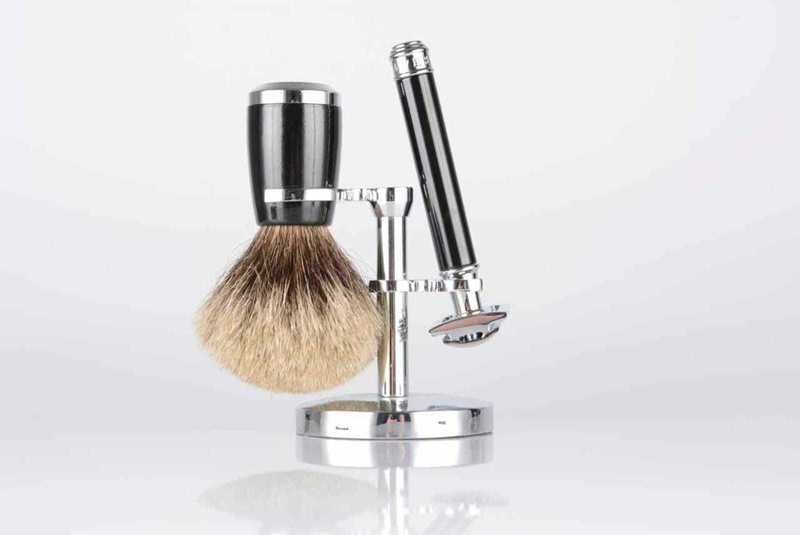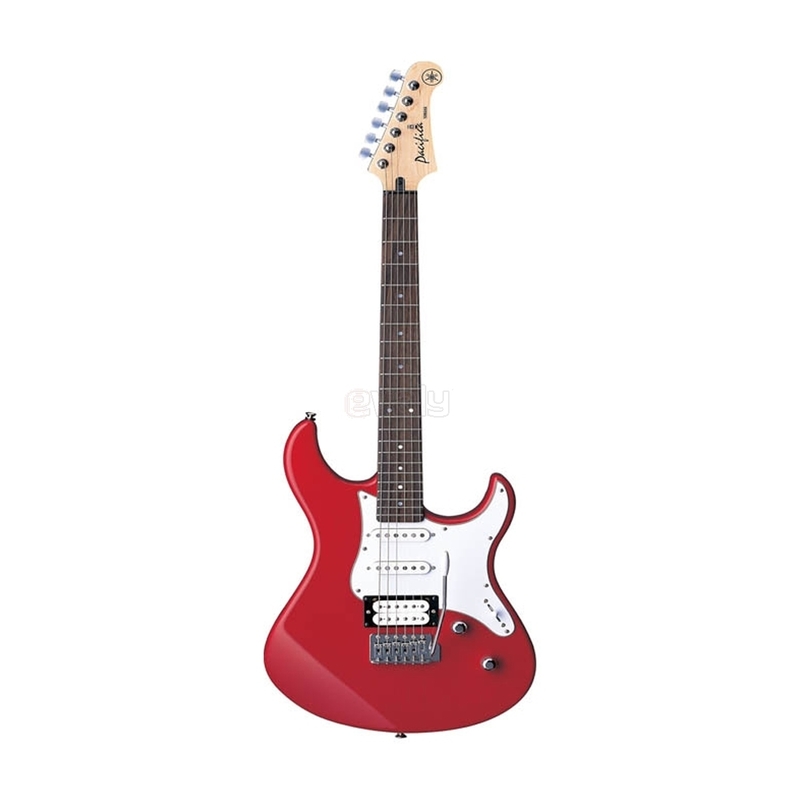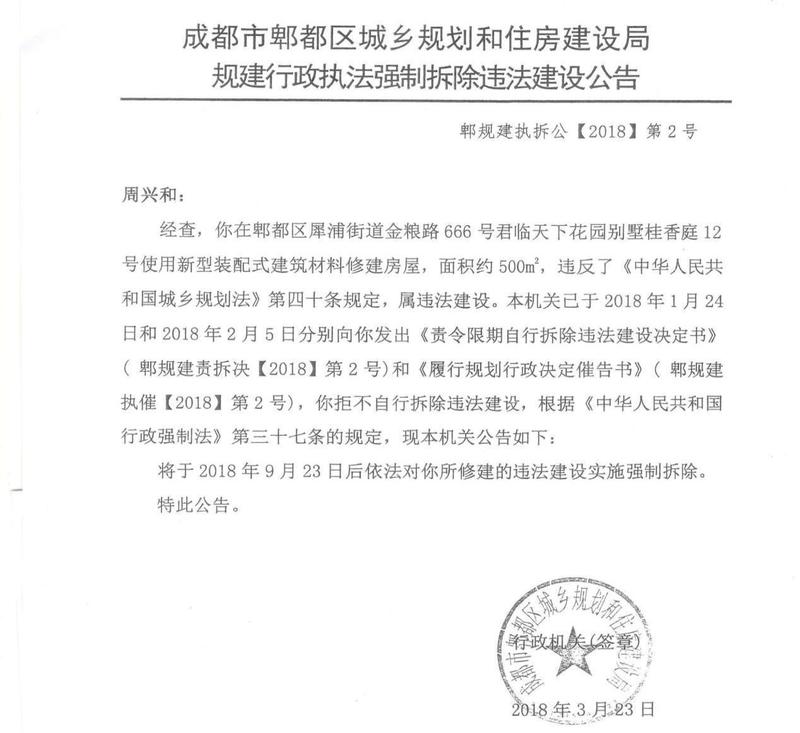A Guide To The 4 Best Cosmetic Laser Treatments For Men
781
0
·
2019/11/07
·
6 mins read
☕
WriterShelf™ is a unique multiple pen name blogging and forum platform. Protect relationships and your privacy. Take your writing in new directions. ** Join WriterShelf**
WriterShelf™ is an open writing platform. The views, information and opinions in this article are those of the author.
Article info
Categories:
⟩
⟩
Tags:
Date:
Published: 2019/11/07 - Updated: 2020/02/16
Total: 1438 words
Like
or Dislike
More from this author
More to explore











From removing unwanted hair to minimizing fine lines and wrinkles, lasers are one of the go-to minimally invasive cosmetic procedures for men and women alike. So, what are the most popular laser procedures for guys?
Meg Storm
The American Society of Plastic Surgeons (ASPS) reports that there were more than 1.3 million cosmetic procedures performed on men in 2018. Aside from Brotox — ahem, Botox® — and soft tissue filler, laser treatments were among the most popular minimally invasive procedures. The ASPS' 2018 Plastic Surgery Statistics Report found that there were about 185,000 laser hair removal procedures performed on men last year, in addition to the nearly 76,000 laser skin resurfacing services and 30,000 laser treatments for leg veins.
Part of the popularity can undoubtedly be attributed to the breadth of aesthetic concerns lasers can treat and the ease at which they relieve them. While laser treatments can range from relatively superficial to invasive, the most common cosmetic concerns (think: hyperpigmentation, unwanted hair, skin tightening, etc.) can often be addressed over several appointments with very little downtime.
"These treatments are all generally very quick. Depending on the areas treated and amount to be treated, most face treatments are less than 10 minutes," says board certified dermatologist Elliot Weiss, MD, of Laser & Skin Surgery Center of New York East in Southampton. Dr. Weiss does note that cocktailing multiple laser procedures together (as many doctors will suggest) could add additional time to the office visit, and patients usually opt to numb their skin with a topical anesthetic for about 30 minutes before the treatment begins. But, if you are simply looking to have a dark spot removed or redness zapped, "typical downtime is minor," he says
From hair and tattoo removal to minimizing the appearance of fine lines and wrinkles, lasers can treat a wide variety of cosmetic concerns for men and women alike — though anatomical differences may impact the types of devices used and treatment plans recommended for male patients.
“The thickness of the skin, especially on the face and neck, is different in men versus women,” says board certified dermatologist Ron Shelton, MD, of Manhattan’s Laser & Skin Surgery of New York. “Energy levels are often adjusted to compensate for this.”
So, what are the most popular cosmetic laser procedures for guys? The AEDITION asks the experts.
1. Laser Therapy for Facial Redness and Broken Blood Vessels
In the case of patients dealing with redness on the face as a result of skin conditions like rosacea and telangiectasia or broken blood vessels and spider veins, vascular lasers can improve tone and texture of the complexion.
"For treating redness and blood vessels, the pulsed dye laser (VBeam® Laser 595nm) and the Excel® V (long pulse 1064/532nm) are work horses," says Dr. Weiss. "The treated area will usually appear red for about a day and slight puffiness can occur for a few days, particularly when treating the upper cheeks. It typically requires multiple treatments to get the best results."
Dr. Shelton also uses both the VBeam® and Excel® V lasers to treat vascular concerns and says the procedure lasts five to 10 minutes on average, with three to five treatments (performed once a month) providing optimal results. Since the treatments are non-ablative and do not result in open wounds, he usually recommends covering up any post-op redness or bruising with concealer or tinted sunblock.
2. Laser Skin Resurfacing for Acne Scars
Because the effects of acne can linger long after the pimples heal, laser skin resurfacing can be combined with other cosmetic treatments to improve the appearance of acne scars by smoothing skin texture and boosting collagen production.
Fraxel® Dual, for example, is a non-ablative (read: non-wounding) laser that combines two different wavelengths to address both pigmentation near the skin's surface and deeper tissue damage. Dr. Shelton says patients may experience about a week of downtime with swelling and redness after the 30-minute procedure and multiple sessions are needed for best results.
Treatments like Infini® and Genius®, meanwhile, combine radiofrequency and microneedling over the course of several treatments to improve elastin and collagen production, which, in turn, smooths the skin. Both Fraxel® Dual and microneedling with RF treatments are safe for patients with darker skin tones.
For those who prefer a one-and-done approach, the ablative Fraxel® Repair laser provides total facial rejuvenation by reducing age spots and scars, plumping and softening wrinkles, and improving overall skin health. The initial downtime associated with a Fraxel® Repair treatment is 10 to 12 days, and redness may persist for a month or more as the skin continues to heal. While the recovery period is longer than some of the less invasive options on the market, only one treatment is needed and the results are long lasting.
3. Laser Hair Removal
"Generally speaking, laser treatments are tailored to an individual’s skin type and particular concern, not the gender," Dr. Weiss explains. "However, in instances like hair removal, men may have thicker, coarser hair that requires slightly different treatment parameters and, possibly, a greater number of treatments."
Just as male and female hair follicles are different, so too are the areas of the body they most often treat. Dr. Shelton says back and chest hair removal is "common," and he occasionally sees men who wish to treat pseudofolliculitis barbae (i.e. the razor bumps on the back of the neck) that he says is "exacerbated by wearing collared shirts."
When it comes to removing facial hair, it is important that the practitioner is well-versed in the potential side effects of the lasers. "Laser hair removal is often adjusted for the thicker whiskers on men than the unwanted hair on women," Dr. Shelton explains. "Certain devices are not used on the bearded skin, if there is a concern of possible long-term hair loss. Intense pulsed light (IPL) and broadband light (BBL) are avoided on men’s bearded areas."
Considering a patient's skin tone is also important. "For laser hair removal, the wavelength is usually longer and the pulse duration of the laser pulse is longer for darker skin tones to minimize the risk of post-inflammatory hyperpigmentation," Dr. Shelton says. "It will take more treatments though and possibly be less effective than when laser hair removal is performed on lighter skin color."
He is a fan of both the Lightsheer® and GentleMax® Pro lasers, which can treat most areas in 30 to 45 minutes. Dr. Shelton says patients can expect about a week of the redness and swelling as the dark stubble flakes off and re-treatment is needed every six to eight weeks for the body and every four to six weeks for the face until full results are realized.
4. Laser Skin Resurfacing for Sun Damage and Age Spots
Whether it's sun spots, age spots, liver spots, or any of the other forms of hyperpigmentation that both men and women experience with age, laser treatments can even skin tone and texture and restore a more youthful appearance.
"Many sun spots can be effectively removed with a single session — provided the patient uses strict sun protection for at least a month after treatment," says Dr. Weiss, who finds the Q-switched ruby and Fraxel® Dual lasers to be among the "most effective on the market" for addressing sun spots and pigmentation.
After a treatment, Dr. Weiss says spots on the face will often look darker for approximately five to seven days before flaking off to reveal clear skin. That process takes about 10 to 14 days for pigment on the neck, two weeks for spots on the arms and hands, and "several weeks" for the legs. And, since even the most vigilant sunscreen wearers are still exposed to some degree of UV rays on a daily basis, he usually recommends annual Fraxel® procedures "to clear up any sun damage, boost the skin's collagen production, and maintain a healthy glow."
The Takeaway
Given the scope of cosmetic concerns laser therapy can treat, it should come as no surprise that multiple devices can be used together to achieve the best results.
"I frequently combine multiple lasers in a single session," says Dr. Weiss, who likes to pair the Q-switched ruby laser with the Fraxel® Dual to "provide a highly effective treatment for sun damage and pigmentation." Dr. Shelton, meanwhile, treats patients who have both "unwanted brown spots or acne scars" and "facial redness" with a combo of the Fraxel® Dual and VBeam® lasers.
Regardless of what you are looking to address, consulting a board certified dermatologist or plastic surgeon will ensure you receive the best course of laser treatment(s) for your concerns.
This article was originally published at AEDITION